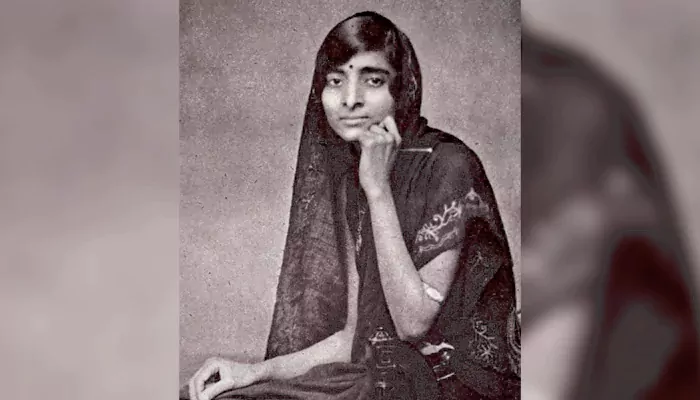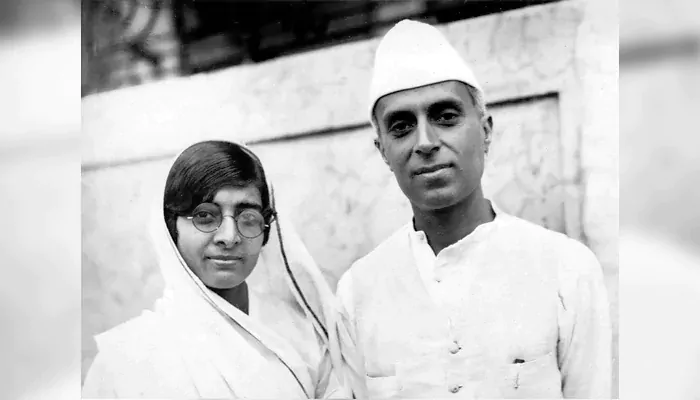
From whispered defiance to public mobilisations, Kamala Nehru transformed from a quiet homemaker into one of India’s most determined agitators against colonial rule
In the bustling alleys of Allahabad, amid tear gas clouds and the clatter of British lathis, a woman stood at the heart of a protest, urging others to burn foreign cloth and reject imperial products. She wasn’t a seasoned politician, nor a fiery speaker by profession.
Yet, her conviction was unwavering, her purpose steadfast. This was Kamala Nehru, one of the earliest female figures of India’s independence movement, who organised marches and challenged colonial power with quiet bravery.
Kamala Nehru’s story is more than that of a political wife. It’s a story of change—how a modest, homeschooled girl became a courageous activist in one of the most considerable freedom struggles globally.
Born in 1899 into a traditional Kashmiri Pandit family, Kamala married Jawaharlal Nehru at just 17. She stepped into the large, politically aware world of the Nehru family without formal education or fluent English. Yet, instead of staying in the background, she found her own way—carefully and intentionally.
The Non-Cooperation Movement of 1921 served as her political awakening. Inspired by Gandhi’s ideals, she embraced khadi, boycotted British products, and encouraged her husband to lead a more modest life. As Vijaya Lakshmi Pandit noted, Kamala “supported Jawahar in his radical views and urged him to change his lifestyle.” Her subtle influence was powerful and precise.

(Credit: Wikipedia )
By the early 1920s, Kamala Nehru was beyond just observing politics—she was actively leading protests. In Allahabad, she organised demonstrations against liquor stores and foreign textiles. Her skill in inspiring conservative Hindu women, many of whom had never left their homes, ignited a cultural shift within the independence movement. She brought private courtyards into the public eye.
When Jawaharlal Nehru was detained in 1930, Kamala stepped forward to deliver his banned speech, which led to her own arrest. British authorities were alarmed—not only by her boldness but also by her growing popularity among the masses. Eventually, she was jailed, assaulted, and constantly watched. Yet, she continued to fight.
During the Salt Satyagraha, Kamala Nehru was among the first to sell illegal salt, directly defying the British monopoly. She faced the danger of arrest, injury, and illness—yet she stayed resolute.
Even as tuberculosis severely affected her health, she kept supporting civil disobedience efforts, set up a hospital at Swaraj Bhawan to care for wounded satyagrahis, and motivated women to join the movement. Her activism was not merely symbolic—it was deliberate, organised, and persistent.

(Credit: Wikimedia )
Despite her declining health, Kamala remained steadfast in her dedication to India’s independence. Her letters show a woman who comforted her husband during his most challenging times in prison and kept her own pain hidden so he could stay focused on the broader struggle.
She passed away in Lausanne, Switzerland, in 1936 at just 37 years old, leaving behind a young daughter—Indira—and a legacy of remarkable bravery. She held no titles, official positions, or desire for recognition. Nonetheless, she contributed to shaping a new kind of Indian leadership—moral, maternal, yet militant when necessary.
Today, Kamala Nehru’s name is often overshadowed by her husband and daughter’s prominence. However, her role in the nationalist movement was significant. She motivated countless women to step into India’s public arena—not merely through words but through direct, disruptive actions.